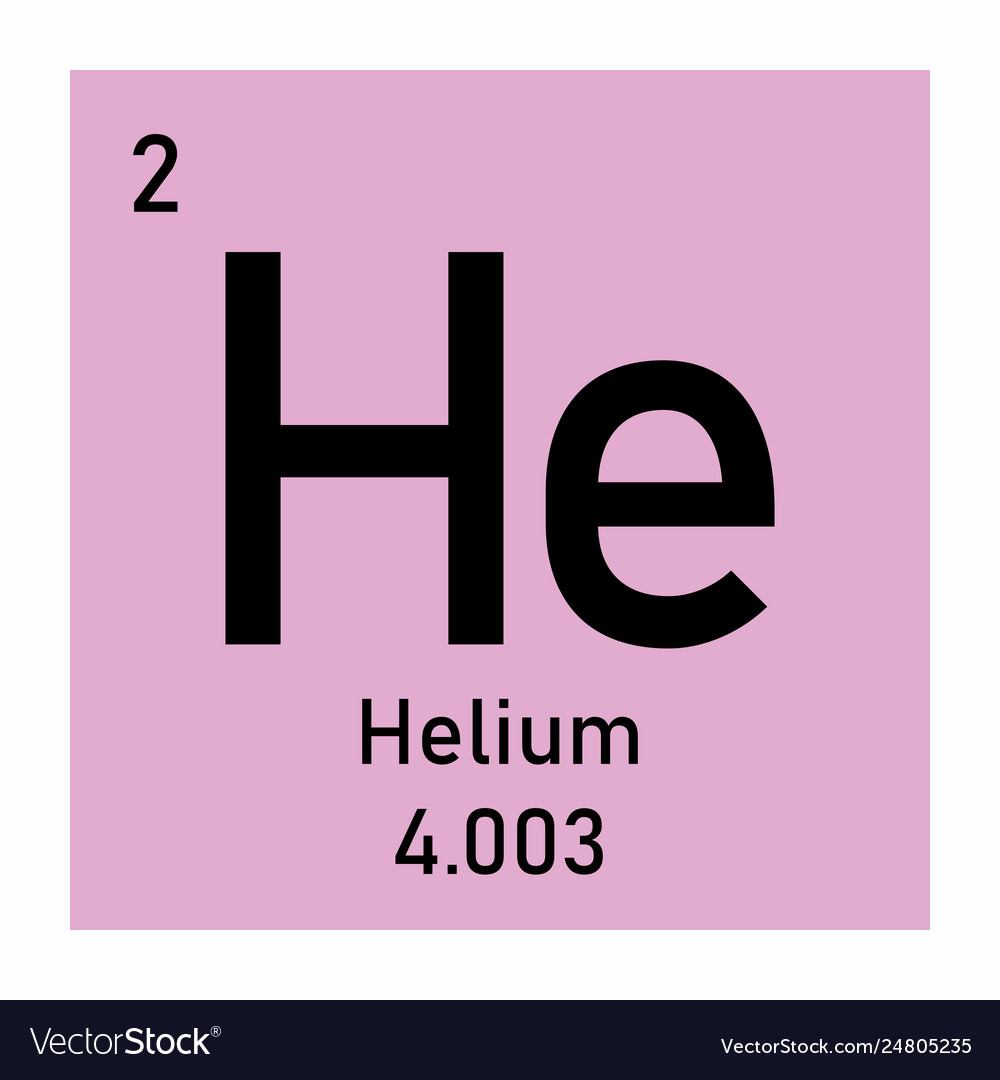
However, the quantum tunnelling effect allows alphas to escape even though they do not have enough energy to overcome the nuclear force. In classical physics, alpha particles do not have enough energy to escape the potential well from the strong force inside the nucleus (this well involves escaping the strong force to go up one side of the well, which is followed by the electromagnetic force causing a repulsive push-off down the other side). Alpha decay results from the Coulomb repulsion between the alpha particle and the rest of the nucleus, which both have a positive electric charge, but which is kept in check by the nuclear force. In contrast to beta decay, the fundamental interactions responsible for alpha decay are a balance between the electromagnetic force and nuclear force. The alpha decay sometimes leaves the nucleus in an excited state the emission of a gamma ray then removes the excess energy. The smallest nuclei that have to date been found to be capable of alpha emission are beryllium-8 and the lightest nuclides of tellurium (element 52), with mass numbers between 104 and 109. Unlike other types of decay, alpha decay as a process must have a minimum-size atomic nucleus that can support it. Examples of this sort of nuclear transmutation by alpha decay are the decay of uranium to thorium, and that of radium to radon.Īlpha particles are commonly emitted by all of the larger radioactive nuclei such as uranium, thorium, actinium, and radium, as well as the transuranic elements. The atomic number of the atom goes down by two, as a result of the loss of two protons – the atom becomes a new element. When an atom emits an alpha particle in alpha decay, the atom's mass number decreases by four due to the loss of the four nucleons in the alpha particle.

The best-known source of alpha particles is alpha decay of heavier (> 106 u atomic weight) atoms. To a lesser extent, this is also true of very high-energy helium nuclei produced by particle accelerators. The helium nuclei that form 10–12% of cosmic rays are also usually of much higher energy than those produced by nuclear decay processes, and thus may be highly penetrating and able to traverse the human body and also many metres of dense solid shielding, depending on their energy. However, so-called long range alpha particles from ternary fission are three times as energetic, and penetrate three times as far. (See discussion below for the limits of these figures in alpha decay.) They are a highly ionizing form of particle radiation, and (when resulting from radioactive alpha decay) usually have low penetration depth (stopped by a few centimetres of air, or by the skin). Due to the mechanism of their production in standard alpha radioactive decay, alpha particles generally have a kinetic energy of about 5 MeV, and a velocity in the vicinity of 4% of the speed of light. Once the ion gains electrons from its environment, the alpha particle becomes a normal (electrically neutral) helium atom 4Īlpha particles have a net spin of zero. Indicating a helium ion with a +2 charge (missing its two electrons). Because they are identical to helium nuclei, they are also sometimes written as He 2+

The symbol for the alpha particle is α or α 2+.


Alpha particles are named after the first letter in the Greek alphabet, α. They are generally produced in the process of alpha decay, but may also be produced in other ways. Alpha particles, also called alpha rays or alpha radiation, consist of two protons and two neutrons bound together into a particle identical to a helium-4 nucleus.


 0 kommentar(er)
0 kommentar(er)
